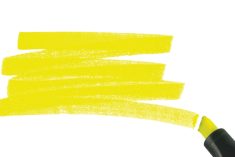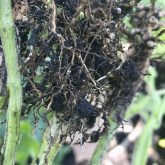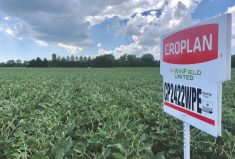For more than a decade now, the University of Guelph and OMAFRA have been comparing the level of weed control, crop safety and grain yield associated with different herbicide programs in food grade, non-GMO soybeans, otherwise known as IP (identity preserved) soybeans. Table 1 (see below) summarizes the weed control and crop injury achieved with the top 10 herbicides tested during the last 11 seasons.
Weeds included in Table 1 summary are: lamb’s quarters, pigweed (green and redroot), common ragweed, wild mustard, crabgrass, barnyard grass, witch grass, green and yellow foxtail.
Read Also

Producers aren’t panicking over tariffs and trade threats
The influence of tariff and trade uncertainity on farm business decisions.
Results are in line with Ontario survey data. I was recently shown herbicide use survey data which revealed that the majority of IP soybean acres in Ontario receive a pre-emergence herbicide application with three modes of action.

This is consistent with trial data where the presence of herbicide-resistant weed species requires three modes of action to achieve the best level of control.
A lesson from “tough to control” weed observations (Table 2 see above) is that fields with a history of eastern black nightshade should not be planted to IP soybeans since it is nearly impossible to get 100 per cent control of this species with any herbicide program. Tufted vetch is another perennial where it is difficult to achieve anything more than suppression in trial work. During the 2019 season, we were able to observe the control of glyphosate-resistant Canada fleabane at low population densities. Although we should not put much faith in one-year data, it was observed that products containing the active ingredient metribuzin generally provided better control of Canada fleabane, which is consistent with the research conducted by Dr. Peter Sikkema, where metribuzin improved the control of Canada fleabane with Eragon + Merge.

For further reading, visit this related article ‘Weed control in identity-preserved, non-GMO soybeans.’
Have a question you want answered? Hashtag #PestPatrol on Twitter to @cowbrough or email Mike at [email protected].















